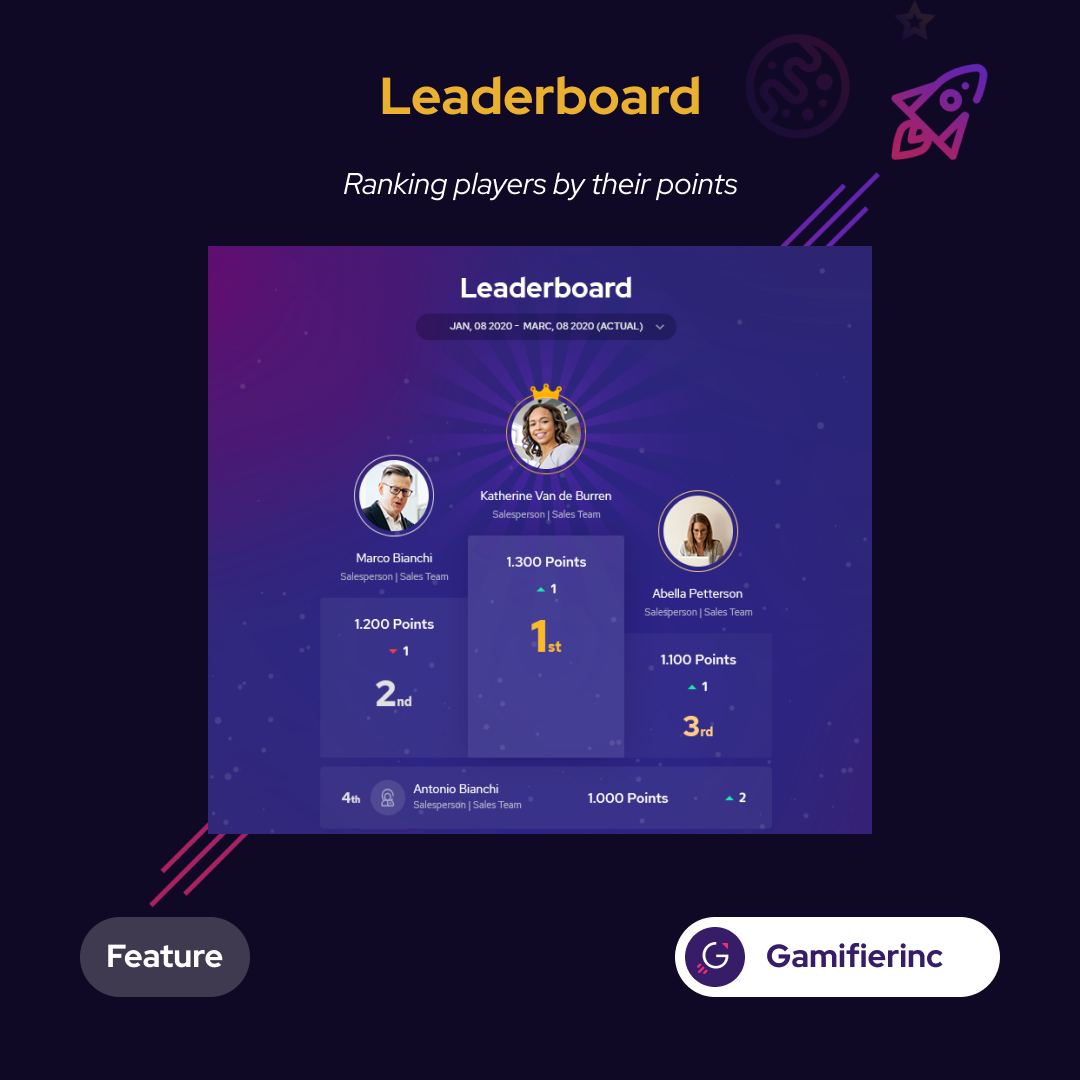Let’s get real honest, CRM data can be truly painful. I mean…Painful.
It’s usually a mess. Poor marketing attribution. Sales doesn’t move deals. No activities are being tracked. Opportunities are entered the day they know they will close.
The problem with data is, if it’s a mess, it’s relatively useless, which is an entirely different topic.
But let’s assume you have pretty clean data, sales teams logs true activities, marketing team has worked hard to ensure attributions are set up appropriately and all the other work that needs to go into data.
Every CRM is going to pull high-level data. That’s simple. Total revenue. Total closed deals. Conversation rates etc. Easy stuff. Childs play.
We are here to talk about the data that changes the game. The data nobody looks at but changes organizations.
Time To Make First Contact

This is a big one. When a lead hits your CRM, is assigned to a sales rep, how long does it take for that sales rep to make contact? 5 minutes? 1 hour? 12 hours? 3 days?
If you don’t know, it’s time to find out. This is a game-changer.
According to a ringDNA article, your reps are 100x more likely to reach the lead if they make contact in less than 5 minutes after they became a lead.
Here’s the painful part. The average time is 42 hours among B2B companies. In 42 hours, the lead is gone. They have already contacted three other companies and you no longer stand a chance to close that deal.
Close Times For Specific Products
Some CRMs do an okay job at telling you what your average close cycle is, i.e. 34 days from lead to closed/won. But what if you sell 5 different subscription products?
Most CRMs, unless custom builds in places like Salesforce, you won’t know this data.
But it’s incredibly valuable. Countless times we see companies selling all these different products, only to realize the products they make the least amount of money on are taking the longest to close.
The value here is the high-level decisions the executives need to make to better streamline revenue and profitability, but also the value for the sales reps not pounding their heads into the wall for a small commission.
No sales rep would be upset if you told them not to sell certain products because it takes too long to close for too little of commission, and instead if you only focus on these 3 products, you’ll earn 40% more commission in the same amount of time.
Contact Attempts
Most CRMs have this data somewhere, but it can often involve custom reporting or digging pretty deep.
A key area sales teams should focus on is contact attempt and contact attempts in a specific time frame.
For example, if your goal is 9 contact attempts before pushing the lead as unqualified/marketing nurturing, how long is it taking to make those 9 attempts. Because making 9 attempts in 9 days is far different than 9 attempts in 40 days.
Use data to help your team understand that if they are only calling once a week but still claiming they got their 9 attempts in, the lead is unqualified after the first couple of attempts. Use data to not only track the number of attempts but how long it takes to make the attempts. After enough data, you’ll know the exact number of attempts and in what time frame is required to close deals.
SUMMARY
Those are just a few areas you can focus some of your attention to help create more value of all the data you’re capturing in your CRM.
If you’re looking not only for another way to make data easier to understand, but also to help your sales team drive new revenue while having fun using your CRM, Gamifier can take your team to the next level. Start a free trial today.






Follow